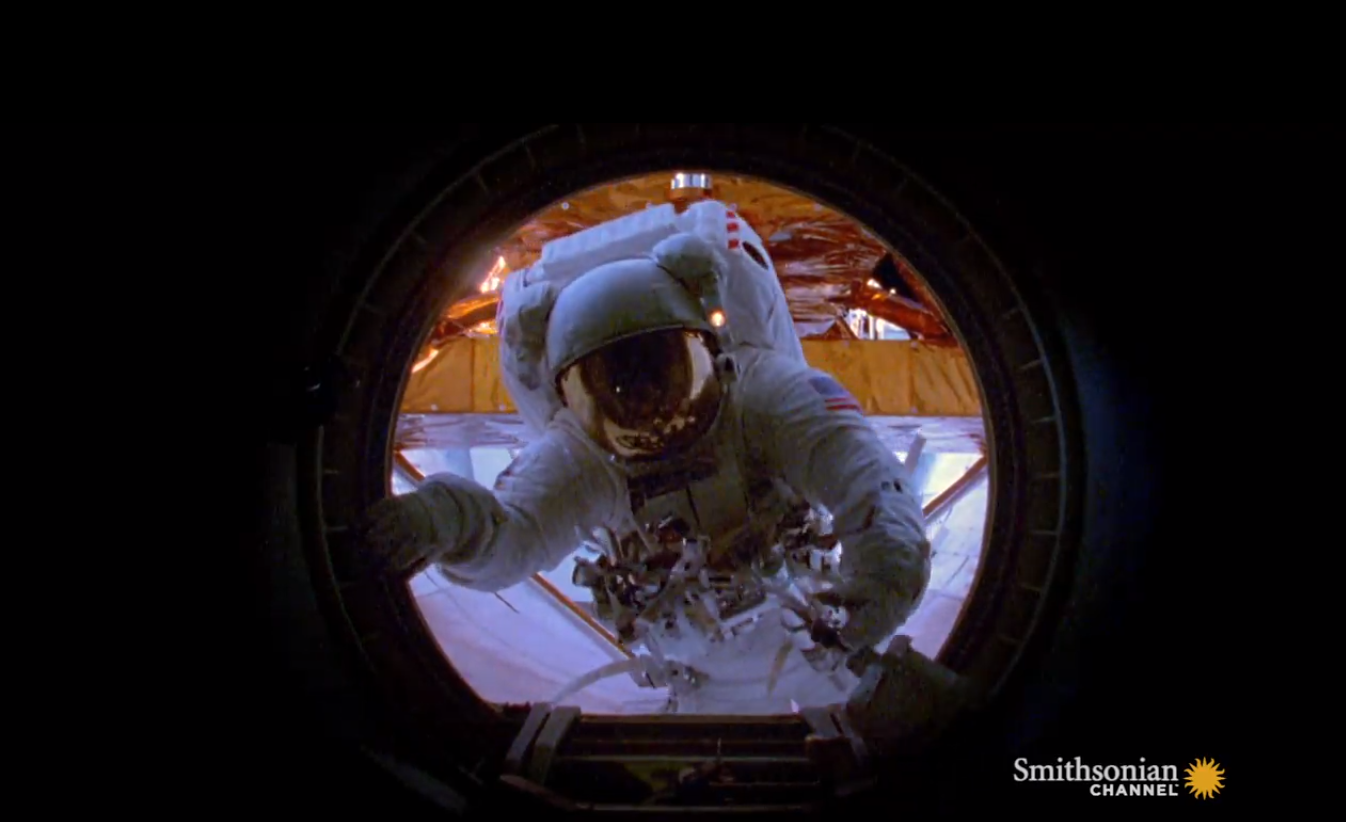'Survival in the Skies': Miniseries Explores Space and Aviation Inventions
One windy day in December 1903, Orville Wright took to the sky in the first heavier-than-air vehicle to stay aloft. The Wright brothers' first flight lasted 12 seconds, but it ushered in a new era of transportation. Less than 66 years later, Neil Armstrong set foot on the moon. Within the span of a human lifetime, humanity had progressed from being a terrestrial species to becoming a spacefaring one.
A new show from Smithsonian Channel, premiering Tuesday, Nov. 28, will tell the stories behind the incredible pieces of space and aviation technology that made this possible. The four-part series "Survival in the Skies" will feature the stories of the people who made these breakthroughs and the individuals who relied on them for survival as they explored new frontiers.
The first episode airs Nov. 28 at 9 p.m. Eastern and Pacific times and follows the development of spacesuits. These microhabitats must protect astronauts from an environment with no oxygen, no air pressure, high doses of radiation and severe temperatures swings. The episode will track their development, from the crude spacesuits that nearly killed early cosmonauts to the reusable personal habitats currently in use on the International Space Station. And it will look ahead to the spacesuits that will eventually allow humans to explore Mars, according to a statement Smithsonian provided to Space.com.
The episode will feature individuals like engineer Dave Graziozi, who designed the spacesuits, as well as those who study their history, like Cathleen Lewis, curator at the National Air and Space Museum. And, of course, we'll hear from those who actually used the suits and depended on them for their survival, like General Alexei Leonov, who stepped out of the relative safety of his spacecraft to conduct the first spacewalk in history.
Email Harrison Tasoff at htasoff@space.com or follow him @harrisontasoff. Follow us @Spacedotcom, Facebook and Google+. Original article on Space.com.
Breaking space news, the latest updates on rocket launches, skywatching events and more!

Harrison Tasoff is a science journalist originally from Los Angeles. He graduated from NYU’s Science, Health, and Environmental Reporting Program after earning his B.A. in mathematics at Swarthmore College. Harrison covers an array of subjects, but often finds himself drawn to physics, ecology, and earth science stories. In his spare time, he enjoys tidepooling, mineral collecting, and tending native plants.

